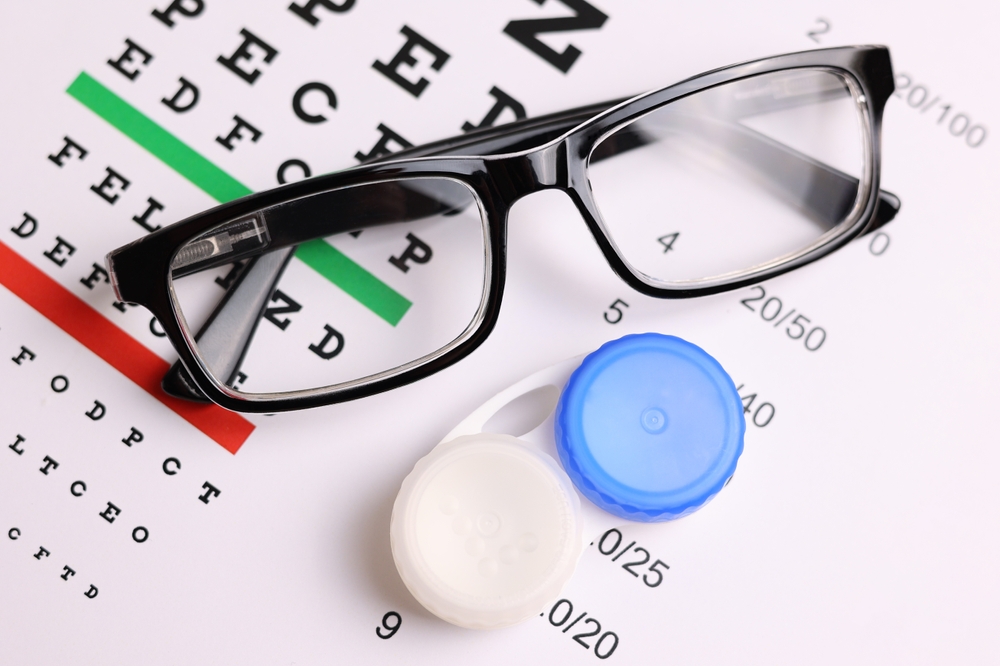Myopia is a refractive condition of the eye that causes distant objects to appear blurred. It is also called nearsightedness. Myopia causes blur because the light rays entering the eye focus in front of rather than on the retina. This occurs because the eye is too long relative to the power of the cornea and the crystalline lens of the eye.
The onset of myopia is often in childhood or teenage years. The amount of myopia often increases as a child grows and then stabilizes when the child stops growing. Increasing myopia is most commonly caused by an increase in the length of the eye that is disproportionate to the overall growth of the other structures of the eye.

The number of people in our world who are myopic is increasing dramatically. In 2000, around 22% of the world’s population was myopic and it is projected that by 2050 this number will have increased to around 50%. It has been shown that the risk of developing myopia increases when a child has one or two parents who are myopic. Also, reduced time spent outdoors and increased near work appear to be factors in the development of myopia. You might ask, other than regularly needing new eyeglasses, why is myopia a problem? Unfortunately, an elongated eye does not just mean blurred vision without eyeglasses. An elongated eye is also at more risk for eye health conditions such as early onset cataracts, glaucoma, retinal tears, and a vision-threatening condition called myopic maculopathy. The higher the myopia the greater the risk for these conditions.

Because of the dramatic increase in myopia in populations worldwide, and the eye health risks of myopia, myopia has been the subject of much research recently. Previously, there had been no proven way to reduce the rate of increase of myopia that inevitably happens as a myopic child grows. However, the current research has been successful in discovering some interventions that can reduce the rate at which myopia increases.
One method of reducing the rate of change in myopia is by changing where the peripheral light rays which enter the eye focus. Under normal circumstances, with a myopic eye, peripheral light rays entering the eye focus behind the retina. By refocusing these light rays in front of the retina with either specially designed eyeglass lenses or contact lenses, it has been shown that the rate of change of the length of the eye can be reduced by up to 60%. This can significantly reduce the final myopic prescription a child reaches once he or she stops growing, and thus, significantly reduces the risk of the eye health diseases mentioned above. The downside to these lenses is that there may be some peripheral blur, and these lenses cost more than conventional lenses due to the complexity of their design.

Another method that has been shown to be effective in reducing the rate of change of myopia is low concentration atropine eye drops. These eye drops are dosed at one eyedrop in each eye before bed. Similar to changing the focal point of peripheral light rays, atropine eyedrops can reduce the rate of elongation of the eye. The amount of reduction in the rate of change is dependent on the concentration of atropine used. The downside to atropine eye drops is that atropine causes the pupil to dilate, and it reduces the ability of the eye to focus on near objects. These side effects are less pronounced with lower concentrations of atropine, but the therapeutic effect is also reduced with lower concentrations. Therefore, your optometrist will often start at a lower concentration and increase the concentration depending on how significant the side effects are for the individual child. It is important to note that sunglasses will be required outdoors for children who use these drops because of the dilated pupil.
In our day, there is much to consider now when choosing the best treatment for a child with myopia. Talk to your optometrist about any questions or concerns you may have. Also, be sure to attend all recommended follow-ups so the response to the treatment option chosen can be assessed. This allows adjustments to treatment to be made in a timely manner, if required.
